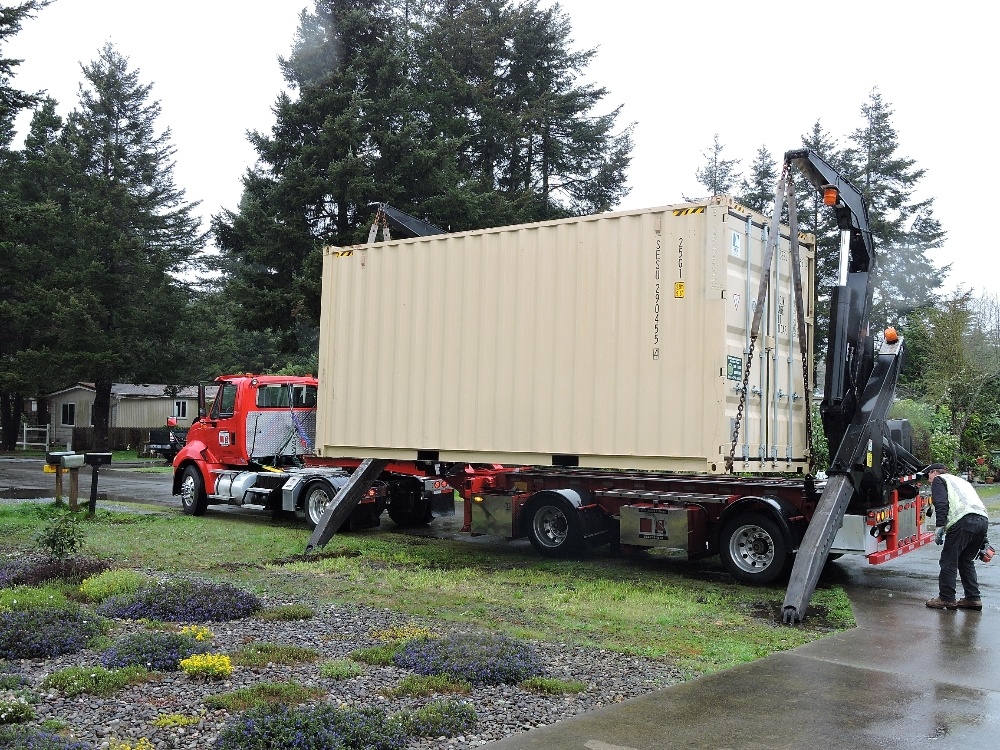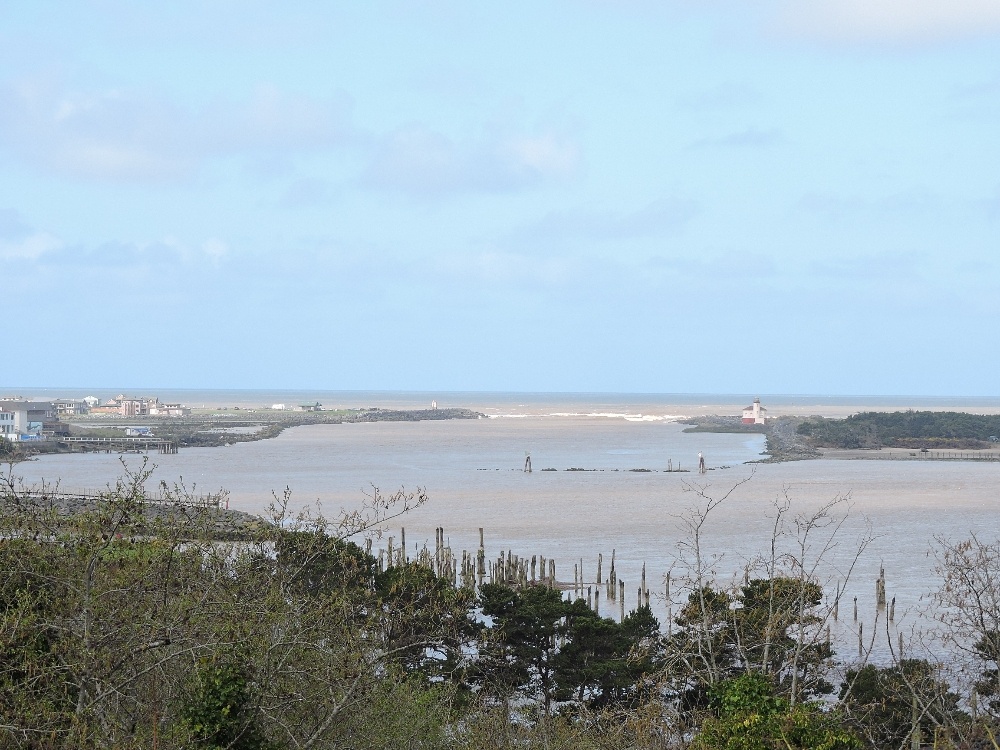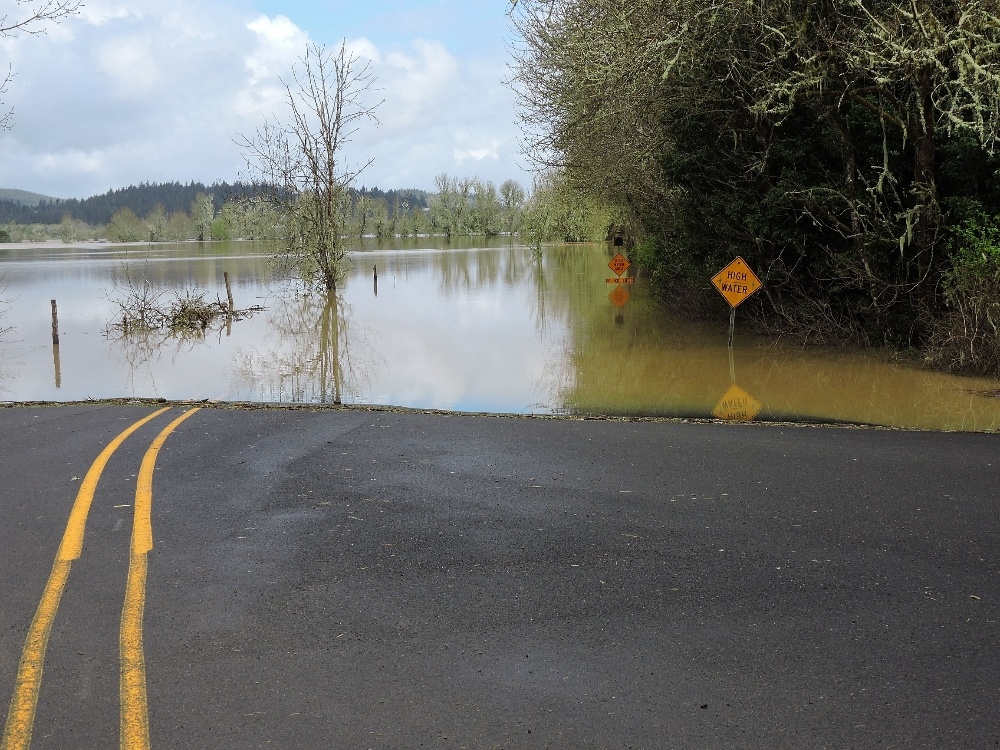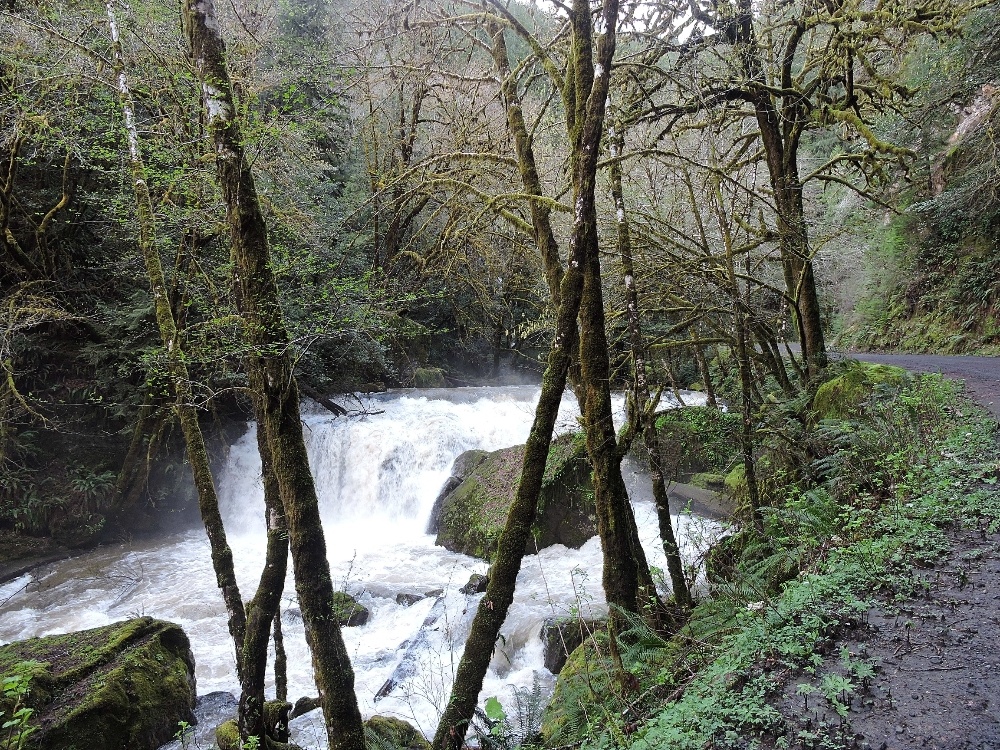When a cyclist begins a tour that will eventually encompass much of the World, it is rather uncommon to begin riding right outside their former front door. For example, those traveling the Alaska-to-Cape Horn route will almost always begin near either of those end points, so as to better take advantage of the prime summer riding season. There is also the undeniable pull to find oneself in a land that is culturally and geographically distinct as quickly as possible. However, departing directly from home creates a certain sentimental effect that many would find appealing, and, additionally, may eliminate another expensive transfer that uses other, non-cycling, methods.
In my case, I melded both approaches when I designed the World2 Tour. I wanted to depart directly from my (former) home, but having toured and traveled so extensively throughout western North America during the previous two decades, I also felt a strong desire to move forward into other regions that held more personal interest for me. Therefore, I planned on cycling to the nearest train station and then making a rail transfer to the first significant section of the Tour. From my home on the coast of Oregon the two choices were Eugene or Klamath Falls, Oregon, where I could catch Amtrak’s Coast Starlight train, one that I have ridden many times before. The former city was slightly closer, but is a place surrounded by a considerable area of sprawl, and one that I have grown tired of transiting through. Instead I booked my first rail trip from Klamath Falls. If I was in peak condition, I could potentially cover that distance in two and a half days. However I chose to give myself slightly longer, which turned out to be a fortunate decision.
I also knew from past experiences that the one or two months prior to the start of a long tour are certain to be filled with a seemingly endlessly parade of tasks and chores that invariably deplete the time available to maintain an adequate level of fitness for cycling. This, in fact, proved to be true, once again, as the time I had chosen to begin the Tour drew near. When developing my tentative route plans, a few years ago, I determined that the best date for my departure, one that would allow me to reach all the destinations I hoped to see during the first part of the tour during the boreal summer without overexerting myself too much, would be April 20. Then I had the thought that it might be a good idea to start even earlier, to provide some extra buffer days in the schedule. So then the date became April 10, then April 9, when I decided that three and a half days to reach Klamath Falls would make much more sense.
Astute readers will undoubtedly notice that this date is well within the time period usually referred to as early spring,
and will also instantly perceive the thought that North American weather in that season could only generously be described as fickle. In my case, the last two weeks prior to my scheduled departure date were dominated by almost constant rain, often in copious amounts, and frequently accompanied by strong winds. Though long-term forecasts continued to show Tuesday, April 9 as a potentially rideable day, things were not looking good.
Then this happened:

That is a shipping container, filed with all of my personnel possessions, being moved away, in the rain, on April 8. Once something like that occurs, everything becomes real, and there is no reason to delay any further. So, with hopes of clearing skies, and future tailwinds, the World2 Tour began the following day, as planned. Though this short preamble for the Tour was not expected to provide any exceptional sights, there are always some things to observe along the way. I first made a quick stop at the overlook that was only a few hundred meters from my old house, for one last look at the mouth of the Coquille River, its attendant lighthouse, and the Pacific Ocean, a sea that I won’t see again for quite some time. The somewhat somber appearance of the scene on that day actually matched my mood at the time, a condition I hope will improve noticeably once I get myself into the meat of the Tour.

The recent wet weather had most of the local rivers at near-flood stage, and the agricultural fields lining their banks were all submerged. This made the first day of the route feel as if it were not one that I had ridden so many times before, but rather almost as if it were new territory, which was a nice way to start. It was fortunate that I kept to my normal route through this area, instead of one of the alternate rural roads, such as Arago-Fishtrap Road, which I occasionally used in the past, but which was unavailable on that day.

The remainder of that day followed one of my favorite routes, through the temperate rainforest of the Coast Range, along the East Fork Coquille River and Sitkum Road. I have ridden the first half of that route many times in recent years, but its entirety only once, twenty years ago. It is an amazingly beautiful route, only marred by one 16 km-long section of gravel, though, thankfully, that was in much better condition than I expected. While the gray, damp day was a little dreary, waterfalls tumbled elegantly down every hillside, and the power of the rapidly-descending river provided ample moments of inspiration.

The following days brought the return of gray skies, cold temperatures and some additional rain. This made the rest of this segment feel as a more business-like affair, and included one shortened day due to cold and rain, with an unplanned night indoors. That was unfortunate, because the landscape was flush with the greens of spring and this ride could have be quite exceptional had the weather been better. I expected a view of Mt. McLaughlin, of the volcanic Cascade Range, on the final day, which would have represented a bit of foreshadowing of what lies ahead if the Tour proceeds as I hope it will. Instead, I saw the scene shown below.

As a extra set of examples as to how the spring season could potentially wreak havoc with a tour’s schedule, consider these two events. Sometime during the two days following my departure, Oregon Highway 42S, the road I used when I left town, was washed out, and closed indefinitely. This would have caused a reroute that would have added an extra twenty kilometers to my first day's ride, had it happened just a little sooner. Also, the day before my scheduled train, the previous day’s train was disrupted by a mudslide just north of Klamath Falls, though that was cleared in time for my train to pass the next day. I hope that the fact that I was lucky for both of these occasions will represent a trend for the rest of the Tour. Time will tell.